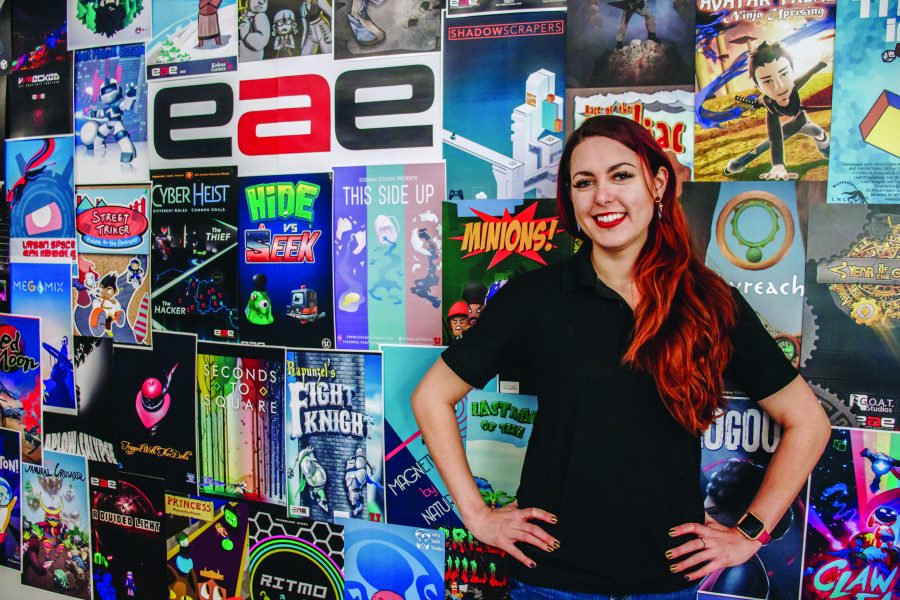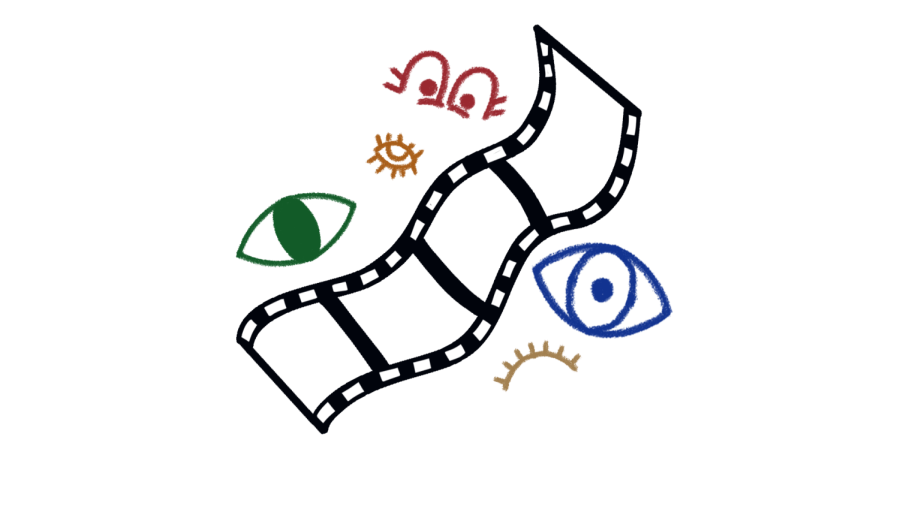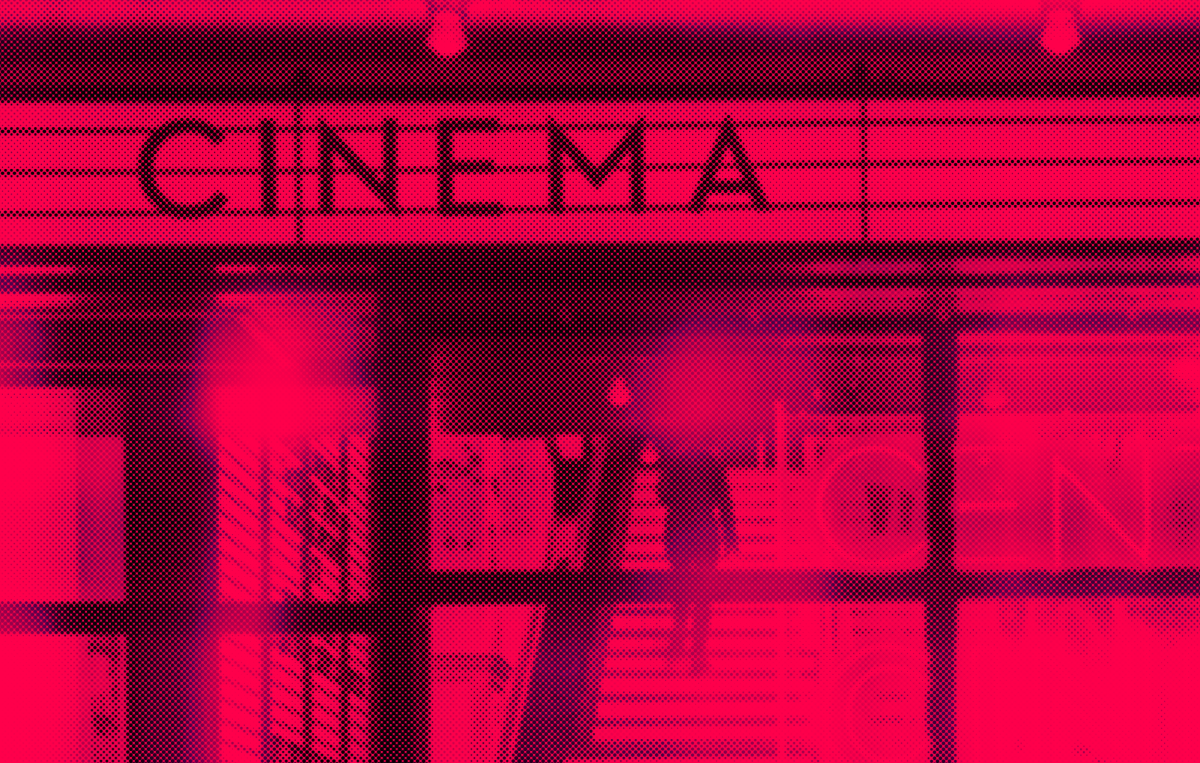Equality in EAE: The Fight for Female Representation
February 12, 2019
Riot Games, the company behind the popular video game “League of Legends,” has been through a storm of controversy this past year. Last November, two employees filed a class-action lawsuit against the company on the grounds of gender discrimination. The move came shortly after the video game website Kotaku interviewed 28 Riot employees and published a scathing article on the misogynistic culture within the studio. Since then, Riot Games issued a public apology, fired a few people purportedly involved in encouraging a sexist workplace and introduced new company values. But the unfortunate truth remains — this scandal is far from an isolated incident.
The video game industry has struggled with an image of misogyny and patriarchy in the past. Female characters in games have notoriously been hypersexualized, objectified and given little to no character depth beside a strong male protagonist. The trend is dramatically improving, but there are still many games coming out each year which continue this sexist tradition in some form or another. Perhaps part of this comes back to a heavily skewed proportion of male game developers to female game developers. According to a 2017 report by the International Game Developers Association, 74 percent of game developers identify as male.
Recent years have also brought a marked shift to the culture surrounding video games, however. Numerous games have been released with incredible female protagonists — “Life is Strange,” “The Last of Us,” “Horizon Zero Dawn” and “Celeste” to name a few — and many gamers and game designers seem eager to create a more welcoming and non-repressive climate.
Here at the University of Utah, we have one of the best programs for video game design. Our Entertainment Arts and Engineering program (EAE) has ranked consistently in the top 10 in the nation according to the Princeton Review. The video game industry is poised for a dramatic transformation over the next few years and these up-and-coming game developers will be a key force in determining the outcome of game culture. Yet, we too face a heavily unbalanced student population with only 21 percent of Games B.S. students identifying as female. I sat down with Dr. Ashley Brown and Dr. Jose Zagal — two EAE faculty members and professors — in order to better understand how the EAE program has been working to address this disparity and prepare these students as the next generation of video game designers.
The first item both Brown and Zagal agreed on is that the video game industry should not be considered any more misogynistic than other popular forms of entertainment. Sexism, discrimination and objectification run deep within our society. Brown would argue video games are probably more ready and able to change than most other industries.
“Games are self-aware,” Brown said. “Games have a culture of always doing better. Not always getting it right, but at least trying to do better than we did before … we’re on a good trajectory, and I’m full of optimism.”
Brown applies this theory of ongoing improvement in all aspects of her career. “Our teaching practice is iterative,” she said. “That’s how we develop games, but that’s also how we develop people, and we put an emphasis on developing those soft skills where students feel comfortable taking critique about how their professionalism is being perceived and how they can iterate on themselves to be better in the end.”
Ongoing self-improvement and adaptability are at the core of what she believes will change the game industry for the better: a culture of inclusivity. “As gamers, we get the choice of how we build our communities and who we want in those communities … part of it is luck and part of it is what we project out,” Brown said. She and other faculty members in the EAE program work hard to inspire an openness towards other perspectives among students.
Changing game culture relies on changing the mindset of those community members. Zagal argued this same point. He teaches a class on Ethics in Video Games and a substantial portion of this course he dedicates to discussing issues of sexism and discrimination. He explained, “If you see something happen and you stay quiet, then you’re implicitly supporting that kind of behavior. You’re allowing it to continue. So we talk about things that you can do and how you can participate in a way to address these kinds of issues.” In the class, students discuss how systemic issues like the unspoken misogyny at Riot Games should be addressed. Additionally, students watch a documentary called “GTFO” which explores various women’s experiences within the culture of video games.
One last element both Zagal and Brown touched on is the need to actively engage young women and other minorities. “You can’t be what you don’t see” is the quote that came to mind for Brown. “Having more female faces in the game industry will help little girls think, ‘Oh I can do that too.'” The EAE program makes a point to recruit from areas outside of typical gamer circles. They’ve also partnered with industry figures in order to offer scholarships for women interested in game design. For Zagal, a large part of this process is actively seeking out speakers who may bring underrepresented perspectives to the U as part of the EAE’s guest lecture series.
If you’re interested in learning more, check out the “GTFO” documentary or watch one of Brown’s Twitch streams as she plays and analyzes various games in depth at twitch.tv/Ashley_eae. And of course, you can always visit the EAE building to learn when the next guest lecture will be and to see if game design could be the path for you.









Jose Zagal • Feb 13, 2019 at 5:03 pm
If you’re curious about EAE, our website is here: https://games.utah.edu/
Also, our speaker series is open to the public, learn more here: https://eae-game-lecture-series.tumblr.com/